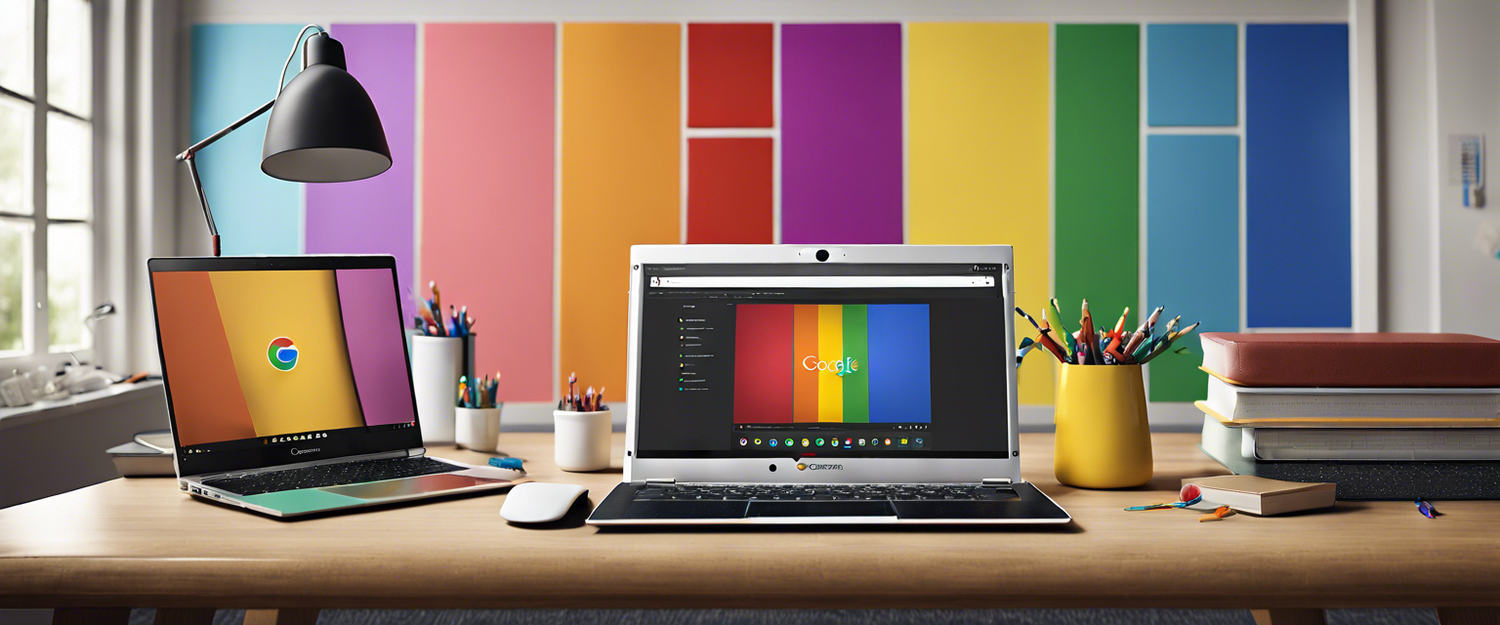Google Unveils Innovative Classroom and Accessibility Features for ChromeOS
In a significant announcement today, Google has introduced a range of classroom and accessibility-focused features aimed to enhance user experience on ChromeOS. One of the most remarkable advancements is the ability to control Chromebooks using head movements and facial expressions, particularly benefiting users with motor impairments.
New Facial Expression Control for Chromebooks
This revolutionary feature, which was initially unveiled in December, is now being rolled out to a wider audience utilizing compatible devices, with Google recommending Chromebooks equipped with at least 8GB of RAM for optimal performance. This step reinforces Google’s commitment to inclusivity by providing alternative ways for users to interact with their devices.
This isn’t the first time Google has explored the realm of facial recognition and control. Previously, it developed an open-source AI accessibility tool known as Project Gameface aimed at Windows gamers. This tool has also extended its capabilities to Android, showcasing Google's ongoing efforts to integrate accessibility features into its broader tech ecosystem.
Classroom-Focused Features Set to Launch
Alongside accessibility features, Google has also announced exciting new Chromebooks slated for release in 2025. Anticipation surrounds over 20 new devices in both the standard Chromebook and Chromebook Plus categories. While some estimates appear ambitious, they include the recently launched 14-inch Lenovo Chromebook Plus 2-in-1, promising more options for educators and students alike.
Interactive Tools for Educators
Among the noteworthy features is the introduction of Class Tools, which combines the power of technology with teaching. This suite allows educators to gain real-time control of their students' screens by sharing a unique pairing code. With this tool, educators can:
- Send tailored content directly to students' screens.
- Activate live captions or translation features for easier understanding.
- Remotely observe student screens to monitor engagement.
- Share individual student work with the entire class for collaborative learning.
Collaboration Enhanced with FigJam Integration
Moreover, Google Classroom is set to integrate with Figma’s FigJam, enabling teachers to assign online whiteboards for brainstorming and group projects. This integration could revolutionize how students collaborate on assignments, and the added oversight feature allows teachers to check who is actively contributing.
Final Thoughts
With these developments, Google takes a significant leap towards making technology accessible and educational tools more effective. As we look forward to more advancements being rolled out, the combination of education and accessibility features on the ChromeOS is sure to have lasting positive impacts for both teachers and students.
Stay Updated on ChromeOS Innovations
For more insights and updates about upcoming technology and educational advancements, stay tuned to our blog and explore related articles on ChromeOS features. Learn more about Chromebooks.
Meta Description
Discover the latest ChromeOS features from Google, including innovative accessibility controls and new classroom tools aimed at enhancing education and inclusivity.



Leave a comment
All comments are moderated before being published.
यह साइट hCaptcha से सुरक्षित है और hCaptcha से जुड़ी गोपनीयता नीति और सेवा की शर्तें लागू होती हैं.